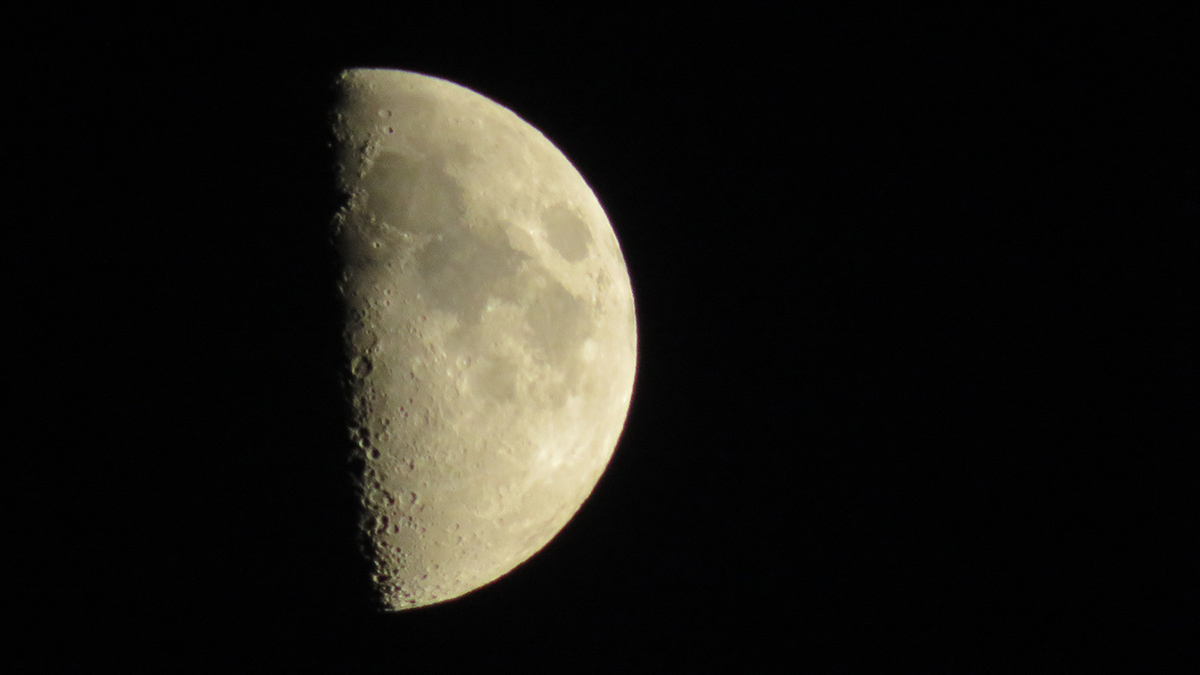The most volcanically active body in the solar system may have an impact crater, a discovery spotted by a curious nonprofessional scientist.
moons
Mars’s Interior May Have an Extra Layer of Molten Rock
New findings suggest that unlike in Earth, the bottom of Mars’s mantle is a sea of molten silicate rock.
La canción de hielo y fuego del criovulcanismo
Las lunas oceánicas del sistema solar exterior nos dan pistas sobre volcanes de hielo, fuentes hidrotermales, y la tentadora posibilidad de habitabilidad.
Uranus: Time to Boldly Go
Scientists say now is the time to unlock the secrets of Uranus and suggest a low-cost, low-risk way to do so.
Cryovolcanism’s Song of Ice and Fire
Ocean moons of the outer solar system hint at ice volcanoes, hydrothermal vents, and the tantalizing chance of habitability.
Oceans of Opportunity
Our solar system’s ocean worlds offer scientists intriguing instances of exotic phenomena and fresh prospects in the elusive search for planetary habitability.
Visualizing the Deep Insides of Planets and Moons
A novel method uses gravity data to determine where density anomalies lie inside planetary bodies.
The Nitty-Gritty Forces That Shape Planetary Surfaces
Scientists are coming up with ingenious ways to compare terrestrial sand dunes, dust storms, and rain with their counterparts on Mars and Titan.
Saturn’s Shiny Rings May Be Pretty Young
The rings are fairly shiny despite being bombarded by dust, indicating that they haven’t been around for very long.
Tiny Martian Moon May Be a Chip Off the Old Block
A close approach to Deimos reveals that its surface does not look like that of an asteroid, hinting at a Martian origin.










